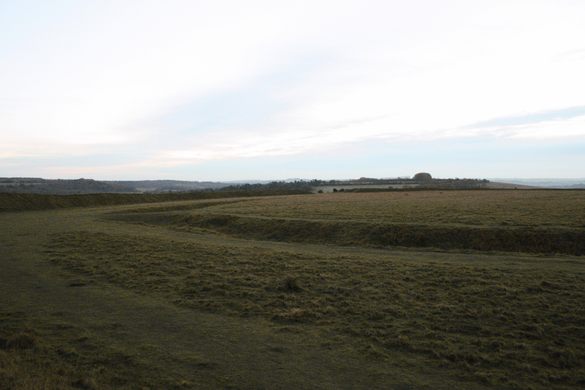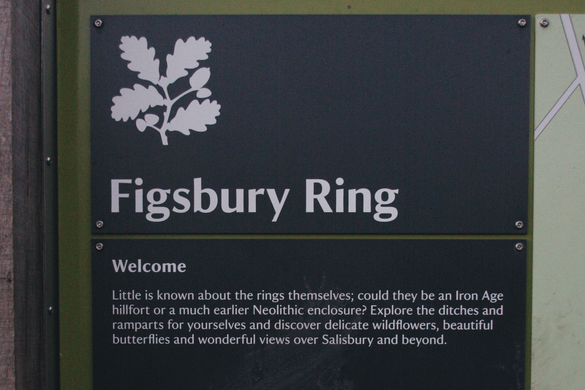Figsbury Ring
Several Iron Age artifacts were discovered during excavations of this ancient site.
In 1924, Ben and Maud Cunnington conducted a partial excavation of this site believing it to be the remains of an Iron Age hill fort.
However, a mysterious inner ditch has caused some archaeologists to question this interpretation. The inner ditch is separated from the outer rampart by a berm of up to 30 meters wide, leading some to speculate that the site may have been initially a late Neolithic henge. In 1981, Anthony Clark and John Gator conducted a small geophysical survey to determine if there was an earth bank associated with the inner ditch, but the results were inconclusive.
The site has undergone limited excavation. In 1704, a farmer discovered a late Bronze Age sword at the site, which is now housed in the Ashmolean museum. In 1924, the Cunningtons conducted the first excavations at the site, determining it to be Iron Age. However, more recent excavations in the 1980s uncovered Grooved and Beaker ware and flint artifacts, suggesting that the site may be older than previously believed.
Despite its inconclusiveness in authenticity, Figsbury ring makes a wonderful walk steeped in quaint natural beauty.
Know Before You Go
There is parking at the site, as well as directions.















Follow us on Twitter to get the latest on the world's hidden wonders.
Like us on Facebook to get the latest on the world's hidden wonders.
Follow us on Twitter Like us on Facebook